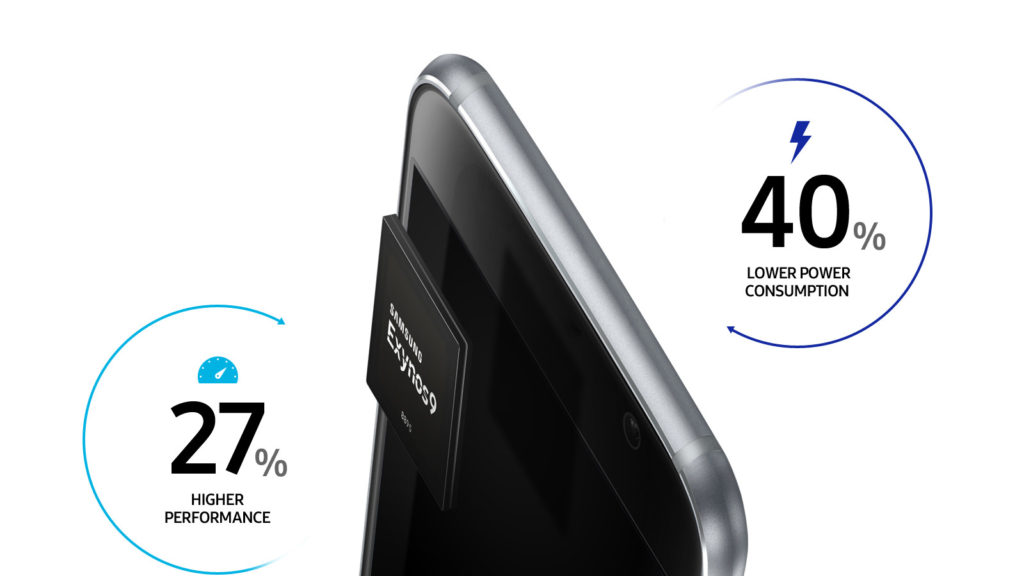We’ve seen loads of leaks surrounding the Galaxy S8, with images and a variety of specs apparently in the wild already. Now, Samsung has officially revealed the Exynos 8895 processor, which is widely tipped to power the new flagship.
The Exynos 8895 bears a few similarities to last year’s Exynos 8890, being an octacore design that features four of Samsung’s own powerful cores and four power-sipping A53 cores. The 8895 uses the second-generation of Samsung’s own cores though.
No ad to show here.
The graphics department has also received attention in the form of a 20-core ARM Mali G71 GPU — the Huawei Mate 9 uses the eight-core version, by comparison.
In a move set to bring significant battery and power gains, the new chip has been designed on a 10nm finFET process. In fact, Samsung claims 27% higher performance and 40% lower power consumption as a result of the move.
Samsung’s Exynos 8895, widely tipped to power the upcoming Galaxy S8, has officially been revealed
What about camera support? Well, it tops out at 28MPs, but it also supports 28MP and 16MP dual camera setups, Samsung’s website notes. The chip seems to excel on the video front too, offering recording and playback support for 4K video at a ridiculous 120fps.
Of course, there are signs are that Samsung isn’t going the dual-camera route just yet, and 4K, 120fps video might not be a feature in the S8. But Samsung is known to sell its chips to the likes of Meizu, so there’s still hope…
Another notable addition is a vision processing unit (VPU) on the chip.
“This technology improves the recognition of an item or its movements by analysing the visual information coming through the camera. Furthermore, it enables advanced features such as corner detection that is frequently used in motion detection, image registration, video tracking and object recognition.”
In other words, this chip is, at its core, an evolution over last year’s 8890, but still brings several major improvements and additions.
We’re expecting Samsung’s Galaxy S8 to miss Mobile World Congress for a later reveal date instead.
